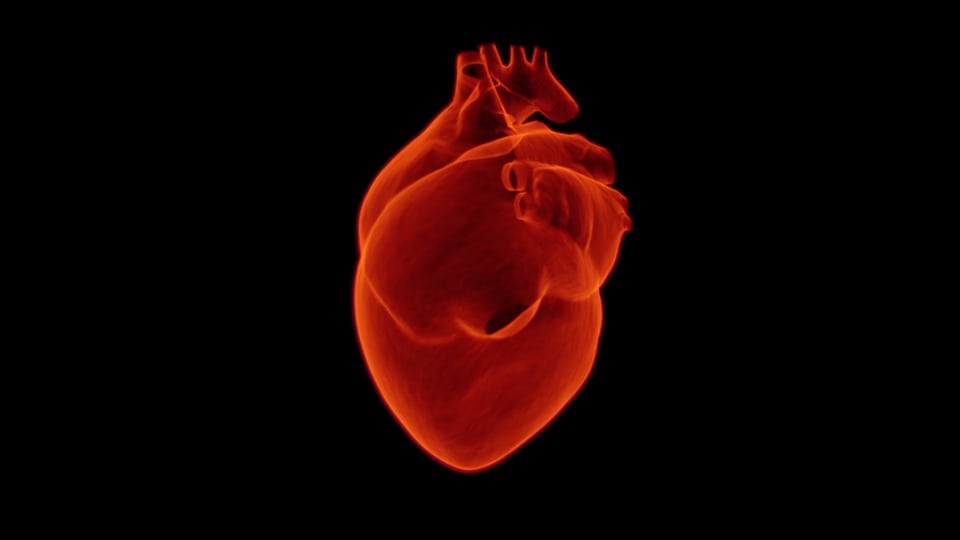Wendy Borsari is not just a patient living with hypertrophic cardiomyopathy (HCM); she is also a mother, a fierce advocate, and part of the patient advocacy team at Tenaya Therapeutics, a company focused on the development of new genetically based therapeutics for the potential treatment of heart diseases. Driven by her own personal and familial experience living with cardiomyopathy, Wendy does her best to raise awareness of HCM and its underlying causes while simultaneously advancing drug development within this field in a patient advocacy role. She encourages all patients to get involved with advocacy, sharing:
Your voice matters to so many people.
Recently, Wendy and I sat down to discuss living with hypertrophic cardiomyopathy, her family’s experience with this genetic condition, Tenaya Therapeutics’ efforts to create new medicines, and how others can become advocates in their own lives.
What is Hypertrophic Cardiomyopathy (HCM)?
Hypertrophic cardiomyopathy (HCM) is a complex heart disease that affects the heart muscle. Wendy explains:
HCM causes the thickening of the heart muscle typically around the septum, or the central wall of the heart. Because the muscle becomes thickened, it can cause obstructed blood flow and a smaller left ventricle. Not as much blood can enter or exit given the smaller capacity due to the thickened muscle on each side.
Hypertrophic cardiomyopathy is the most common form of inherited cardiomyopathy and generally has underlying genetic causes. For example, around 30% of people diagnosed with HCM have MYBPC3 mutations. An estimated 26-30% of those with HCM have MYH7 mutations, which is what Wendy’s mutation is. She shares:
We have the numbers and know most of the mutations at this point. But studies on the differences between each mutation are still in the works.
In some cases, patients with HCM may not experience symptoms; in others, symptoms may be misdiagnosed as “athlete’s heart,” asthma, anxiety, or depression. Symptoms and characteristics of HCM can (but do not always) include:
- Chest pain or pressure that may worsen during exercise or exertion
- Shortness of breath
- Heart palpitations
- Muscle pain
- Heart murmur
- Swelling of the lower extremities
- Fatigue
- Fainting or lightheadedness
Symptoms may vary based on the specific subtype or person. Both of Wendy’s children also have HCM and both present in very unique ways. Wendy shares:
My daughter and son have the same genotype as I do. Apart from having some PVCs or SVT’s, my condition is fairly stable. I take a few medications and do well on them. My son was diagnosed at fifteen, has a very minor thickening of the heart, and no symptoms. And my daughter had open-heart surgery when she was 6 and experienced her first cardiac arrest at 14 years old, with five more occurring when she was sixteen. Even within our family, we all have the same mutation, but symptoms and presentations are very different.
Learn more about hypertrophic cardiomyopathy.
Wendy’s Story
Growing up, Wendy didn’t necessarily know much about hypertrophic cardiomyopathy – though she did know that the condition ran in her family. She explains:
I knew my mom had lost her mother and her three brothers to HCM, and that my mom had it as well. I knew that it was a thickening of the heart and that it was devastating. After all, I had seen my mom’s own ups and downs. But those were the only outward effects I knew about at that point.
At the time, not much was known about HCM, even in the medical field. People knew that it seemed to pass through families, but it wasn’t until the late 1980s that the underlying genetics were discovered. Given that Wendy’s current cardiologist helped discover that link, it’s especially exciting for her.
Because Wendy’s mom had HCM, Wendy and her brother were followed at Boston Children’s Hospital until they turned eighteen years old. Each year, they went for an appointment, an echo and an EKG. Wendy shares:
When I was eighteen, I was told that my heart was a beautiful specimen and that I was perfectly healthy. The doctors told me that I did not have HCM and would likely not develop it, that I should just go and live my life with no worries.
So that’s what Wendy did: went off to college, began her studies, and enjoyed her life. However, symptoms began to develop in college. She sometimes experienced heart palpitations or shortness of breath. But she wrote it off as stress or being out of shape. After all, the doctors had told her she was perfectly healthy; there couldn’t be a reason to worry, right?
But when Wendy turned 24, she began having near-fainting episodes. She finally went to the doctor for some tests. At this point, she received her diagnosis of HCM. She explains:
It was overwhelming at the time and definitely a huge surprise. Looking back, it shouldn’t have been a surprise. My mom also wasn’t diagnosed until she turned 24. But I had been told that I was fine, and you typically trust what your doctors tell you.
Grappling with the Diagnosis
When Wendy first received her diagnosis, she looked to her doctor for more information. Yet, as explained, there was limited information available. Wendy’s cardiologist at the time had never before treated anyone with HCM. So, Wendy says:
She took out her medical book and we learned at the same time. All she could find was that HCM could cause sudden cardiac death. Essentially, I was told to ‘stop living’ my life. That I shouldn’t have children. That we didn’t know where this disease would take me.
“Stop living” wasn’t what Wendy wanted to do and was not what she would let her life devolve into. So, rather than simply accept her condition, she decided to do her best to learn all that she could. She participated in an HCM research study, a study that eventually identified some of the genes associated with the condition. At the time, she was not aware of her particular mutation, given that the data was de-identified.
Later, Wendy visited a cardiologist in Boston who had already followed some of her family members. She underwent genetic testing. At that point, she learned that she had the MYH7 mutation.
Join us in Part 2 as we discuss myths and misconceptions around HCM, joining Tenaya, and the importance of becoming an advocate.








